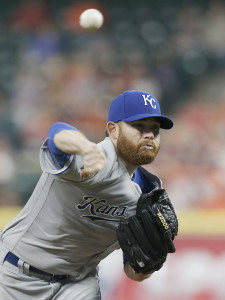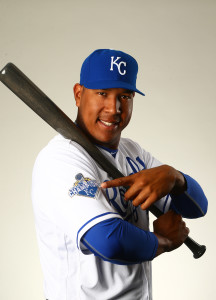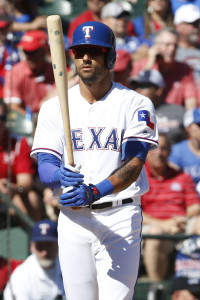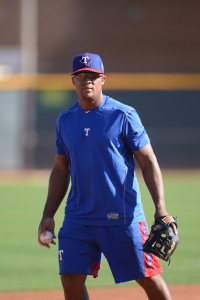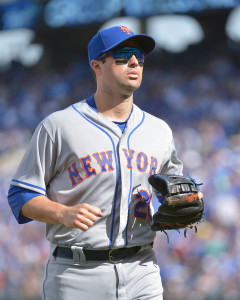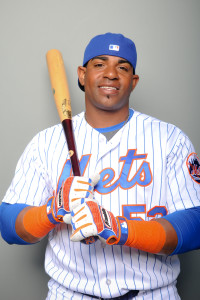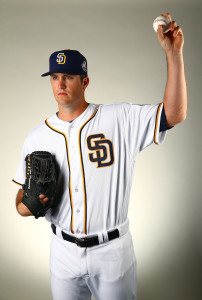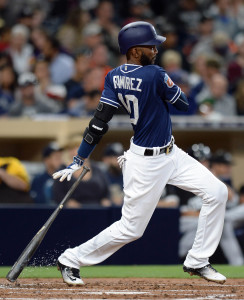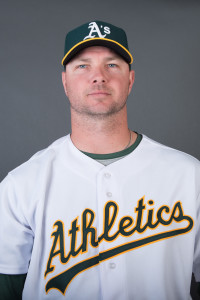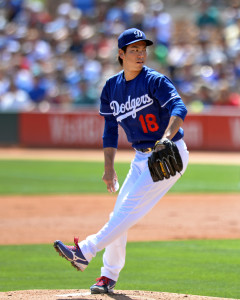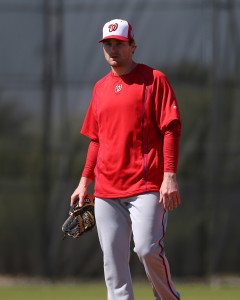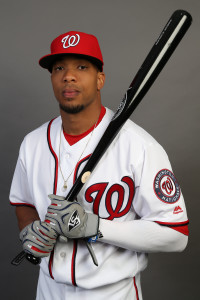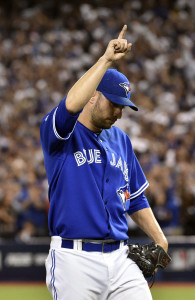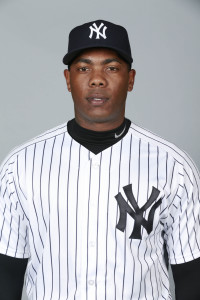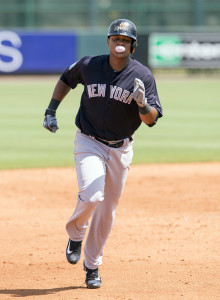This post completes a series in which MLBTR reviewed the offseason moves of every team in baseball. You can find all of those posts at this link.
After coming one game away from baseball’s top prize in 2014, the Royals again reached the postseason in 2015, this time closing out the job with their first World Series title in 30 years. The celebratory parade in Kansas City was a sight to behold, but GM Dayton Moore and his staff had plenty of work to do in what was a busy offseason.
Major League Signings
- Alex Gordon, OF: Four years, $72MM plus 2019 mutual option
- Ian Kennedy, RHP: Five years, $70MM plus opt-out after 2017 season
- Joakim Soria, RHP: Three years, $25MM, plus 2019 mutual option
- Chris Young, RHP: Two years, $11.5MM, plus 2018 mutual option
- Mike Minor, LHP: Two years, $7.25MM plus 2018 mutual option
- Total spend: $185.75MM
Notable Minor League Signings
- Chien-Ming Wang, Travis Snider, Brian Duensing, Clint Barmes, Ross Ohlendorf, David Huff, Peter Moylan, Lester Oliveros
Trades and Claims
- Acquired C Tony Cruz from Cardinals in exchange for INF Jose Martinez
Extensions
- Salvador Perez, C: Five years, $52.5MM (replaced final three years of previous extension)
- Lorenzo Cain, CF: Two years, $17.5MM
- Mike Moustakas, 3B: Two years, $14.3MM
Notable Losses
Needs Addressed
The Royals entered the offseason with a pair of corner outfielders hitting free agency: Alex Gordon and Alex Rios. Gordon, the former No. 2 overall draft pick who has emerged as the face of this new wave of contending baseball in Kansas City, was the clear priority for Moore and the rest of the front office. With early reports that the Royals hoped to re-sign him on a three- or four-year deal, significant doubt was cast on that possibility. It seemed implausible to many, myself included, that Gordon could be had for a deal of that length. However, he was one of many outfielders that lingered on the market longer than pundits expected, and he ultimately signed for $72MM over a four-year term shortly after New Year’s Day. Retaining Gordon was a huge win for the fans, and the fact that the Royals were able to do so at a reasonably manageable price was a plus for the front office. Gordon’s contract is still a record-setter for the typically cost-conscious Royals, but the rest of their roster is affordable enough over the next couple of seasons that it shouldn’t be burdensome.
With Cueto, Young and Guthrie lining up as free agents, the Royals needed to supplement their rotation with innings. They were linked to a fair number of free-agent starters, but the primary addition to their rotation was rather stunning. Ian Kennedy always made sense as a target for the Royals — a fly-ball pitcher that would benefit from a large park and excellent defense (plus, Kansas City’s relationship with Scott Boras is strong) — but the terms of the contract were jarring. I was aggressive on Kennedy’s free agent stock this winter and always considered the narrative that he should accept San Diego’s qualifying offer to be ludicrous, but despite being more bullish on his earning power than most, I was still floored when he secured not only a five-year deal worth $70MM but also an opt-out clause.
Kennedy’s skill set is a great fit for a Royals club that can mask his greatest deficiencies via the aforementioned stadium and defensive prowess, but the contract is still teeming with downside. Kennedy is guaranteed just $27MM of that $70MM sum, meaning he’d be opting out of a three-year, $43MM contract as he heads into his age-33 season. While that’s certainly possible, Kennedy’s inconsistent track record and homer-prone nature also make it easy to envision a scenario where that sum tops what he’d earn on the open market. A spike in his homer-to-flyball ratio similar to the one he experienced in another pitcher-friendly environment in 2015 and 2013 would leave the Royals with an unsightly contract.
The Royals made a pair of smaller-scale commitments in the rotation as well. First, they paid up for right-hander Chris Young after two years of drastically outperforming his peripheral stats thanks to his propensity for weak fly-balls (and, weak contact in general). Young shouldn’t be counted on for innings, having topped 100 frames in a season just thrice since the conclusion of the 2008 season, but he’s being paid a fairly modest $11.5MM over the next two seasons and doesn’t need to do all that much to justify the investment. The Mike Minor contract is even lower risk, financially speaking, as the lefty followed former teammate Kris Medlen from Atlanta to Kansas City and signed a similar contract. Minor is recovering from shoulder surgery, but if he resembles anything close to the 2012-13 version of himself upon his return, it’ll be an easy win for the Royals.
The loss of Greg Holland to Tommy John surgery created a hole at the back of the Kansas City bullpen and turned their dominant late-inning trio into a still-formidable duo of Wade Davis and Kelvin Herrera. The Royals sought to fill in the Holland-sized void by reuniting with Joakim Soria, but did so by paying top-of-the-market dollars for a 31-year-old reliever (soon to be 32) that delivered fairly pedestrian results in 2015 prior to a trade to the Pirates. While Ryan Madson’s age perhaps dissuaded the Royals from matching the Athletics’ $22MM commitment in him (understandably so), it was fairly surprising to see the Royals turn around and offer even more money to a setup man that will pitch the final season of a three-year deal at age 34.
Read more analysis after the break…

